Chitwan National Park
Chitwan National Park, located in southwestern region of Nepal is the first national park of Nepal. It was established in 1973 AD and later granted the status of UNESCO World Heritage Site in 1984. Chitwan National Park also contains the Ramsar Site’s Beeszahari Taal in its buffer zone. It covers an area of 952.63 sq.km..Chitwan National Park is a testament to Nepal’s natural beauty and biodiversity. Its rich tapestry of wildlife, diverse ecosystems, and successful conservation efforts make it a premier destination for nature enthusiasts.
Chitwan National Park is a refuge for an impressive array of wildlife. It’s most famous for being one of the last strongholds of the endangered Bengal tiger. The park is home to a significant population of these majestic big cats, which roam its dense jungles and grasslands.
- Chitwan National Park
- History of CNP :
- Climate of Chitwan National Park
- Why To Visit Chitwan National Park?
- 7 Activities we can enjoy in Chitwan/Tourism Activities/7 Things you can do in Chitwan:
- Best time/season to visit Chitwan National Park(CNP):
- How to reach Chitwan National Park?
- Where to book safari in Chitwan?/Chitwan safari bookings:
- Travel Tips for Chitwan National Park
- Chitwan National Park FAQs
History of CNP :
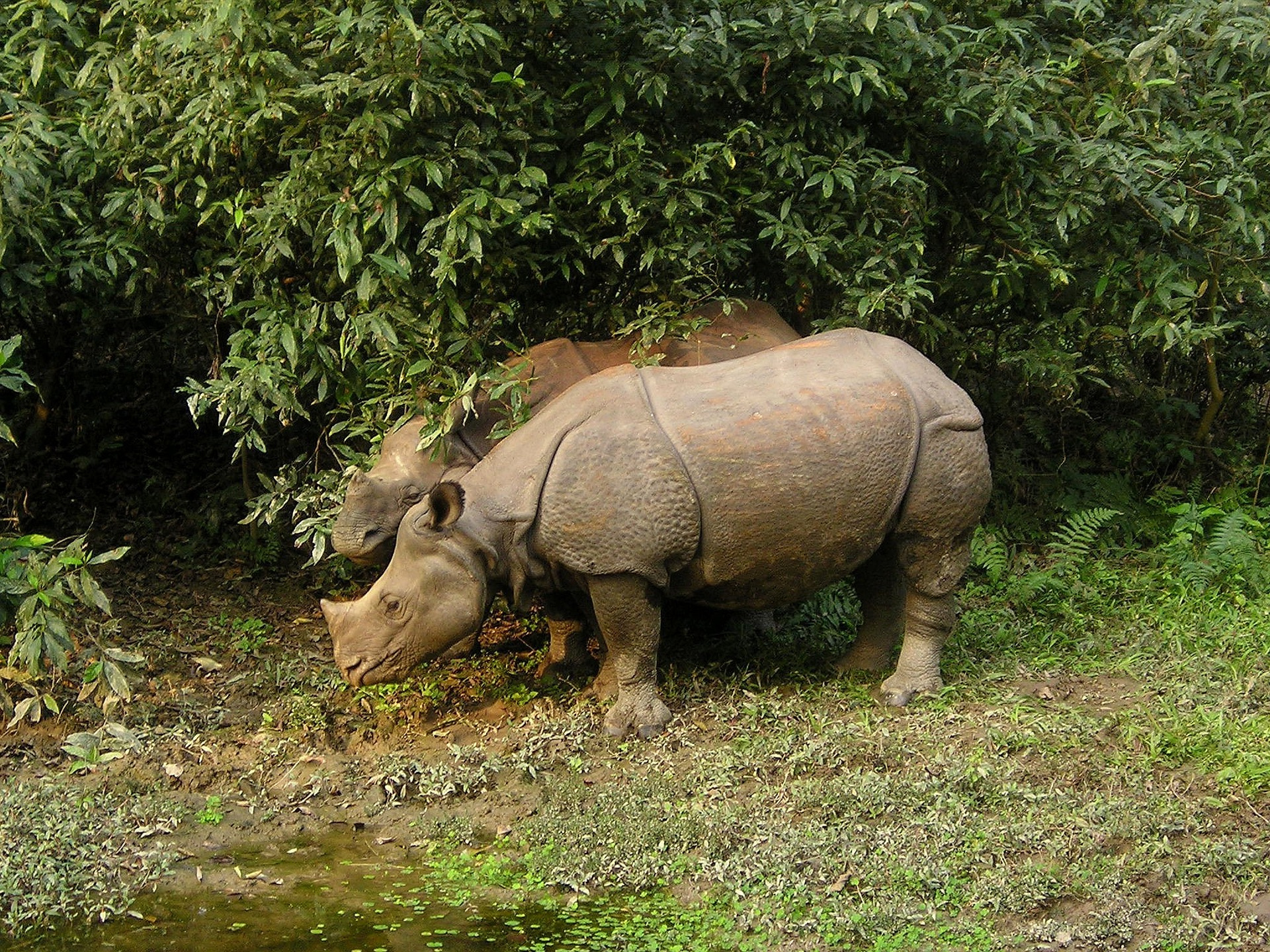
By the end of the 19th century, Nepal’s Royals favored Chitwan as a hunting spot. Until the end of 1950, travelers could only reach this area on foot, which took several weeks. In 1950, the forests of Chitwan covered over 2600 sq. km. When poor farmers from the mid-hills moved to the Chitwan Valley in search of arable land.In 1957, the country’s first conservation law inured to the protection of rhinos and their habitat.
By the end of the 1960s, loggers had cleared 70% of Chitwan’s jungles, DDT had eradicated malaria, and thousands of people had settled there. Consequently, only 95 rhinos remained. To prevent the extinction of these rhinos, authorities gazetted the Chitwan National Park in December 1970.
By the end of the 1960s, 70% of Chitwan’s jungles had been cleared, malaria had been eradicated using DDT, and thousands of people had settled there. Consequently, only 95 rhinos remained. To prevent the extinction of these rhinos, the Chitwan National Park was gazetted in December 1970.
When the first protected areas were established in Chitwan, Tharu communities were forced to relocate from their traditional lands. The Tharu people were forced to leave at gunpoint.
In 1977, the park was enlarged to its present area of 952.63 km² (367.81 sq mi). Then, in 1997, a buffer zone of 766.1 km² (295.8 sq mi) was added to the north and west of the Narayani-Rapti river system, as well as between the southeastern boundary of the park and the international border with India. Finally, the park’s headquarters is located in Kasara.
Climate of Chitwan National Park
Summer (March – June)-Min 18°C/64°F Max 35°C/95°F
Winter (October – February)-Min 7°C/45°F Max 24°C/75°F
Monsoon season lasts from June to September. The hot humid days give way to the monsoon season that typically lasts from late June until September when rivers become flooded and most of the roads are virtually impassable. The park receives an average annual rainfall of 2150 mm.
In late January, local villagers cut thatch grasses to meet their needs, providing better wildlife viewing for visitors. Also, between September and November, and February and April, migratory birds join the residential birds and create spectacular bird watching opportunities. While the monsoon rains bring lush vegetation, most trees flower in late winter.
Why To Visit Chitwan National Park?
- Discover many endangered animals, such as the one-horned rhino, royal Bengal tiger, gharial crocodile, and freshwater Gangetic dolphin.
- Next, experience an unforgettable elephant-back safari through the grassland and riverine forests of the park, where you can search for its exceptional wildlife.
- Additionally, unwind on a tranquil boat ride on the Rapti River, looking out for fish-eating crocodiles and migratory birds along the way.
- Furthermore, take the time to explore the Tharu culture of Chitwan, which showcases a rich heritage of Nepal.
- In addition, you will encounter a diverse ecosystem, featuring sal forests, grasslands, wetlands, and rivers.
- Finally, don’t miss the opportunity to visit the elephant breeding center and crocodile breeding center.


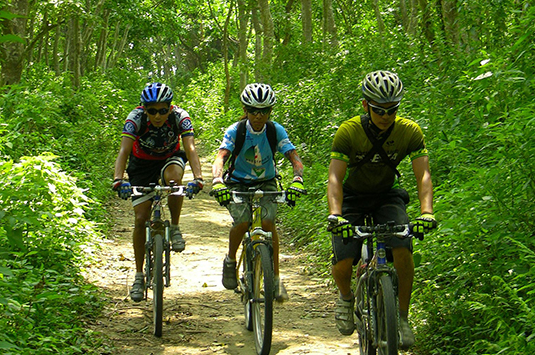

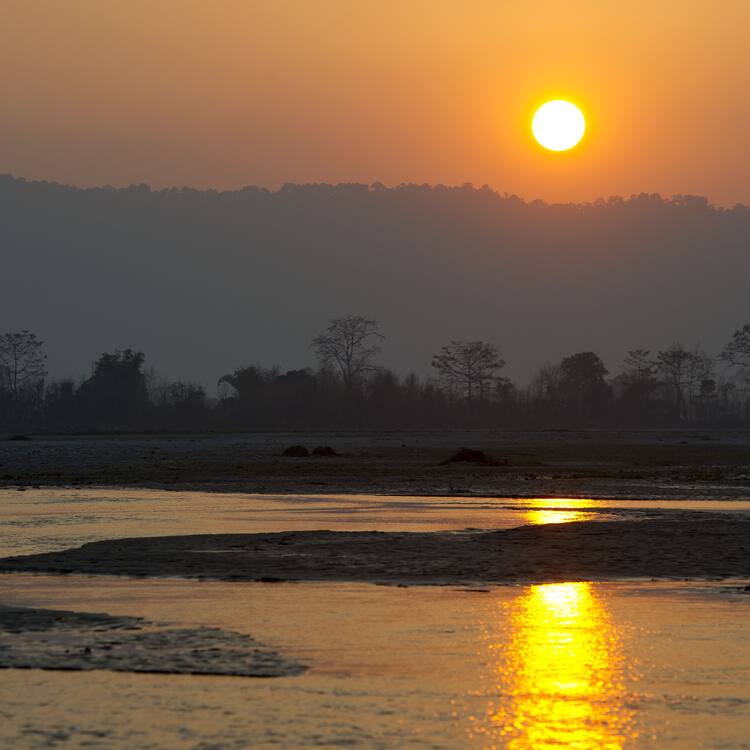
7 Activities we can enjoy in Chitwan/Tourism Activities/7 Things you can do in Chitwan:
- Jungle Walk: Accompanied by a trained naturalist, you’ll get up close to the park’s flora and fauna, and gain insights into the ecosystem while maintaining a safe distance from predators.
- Jeep Safari : Jungle Walk: Explore the park in an open jeep, guided by an experienced naturalist. This allows you to cover more ground and increase your chances of spotting elusive wildlife like Bengal tigers, one-horned rhinoceroses, and various deer species.
- Elephant Safari: elephant safaris allow you to traverse the park’s diverse terrain from a different vantage point.
- Boat Safari/ Canoeing: Cruise along the Rapti and Narayani Rivers in a traditional wooden boat. This tranquil activity offers a unique perspective on the park’s aquatic life, including the endangered gharial crocodiles and a variety of bird species. It’s also a great way to enjoy the park’s scenic beauty.
- Bird Watching: Chitwan is a paradise for bird enthusiasts, with over 600 species recorded. Join a guided bird watching tour to spot both resident and migratory birds, including the endangered Bengal florican and the colorful paradise flycatcher.
- Tharu Cultural Tour:
- Tharu village visit
- Traditional dance and music
- Cycling Tour: This is a great way to explore the surroundings at a leisurely pace and enjoy the local scenery.
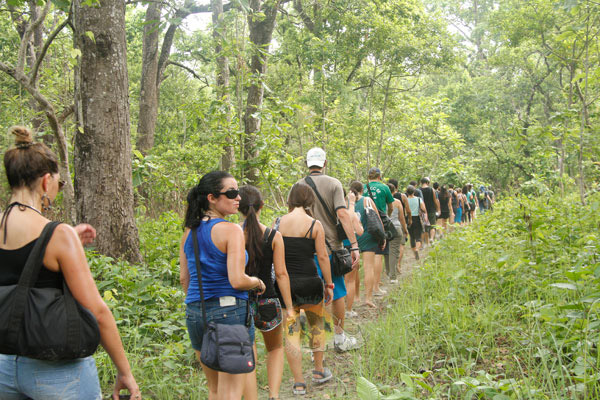


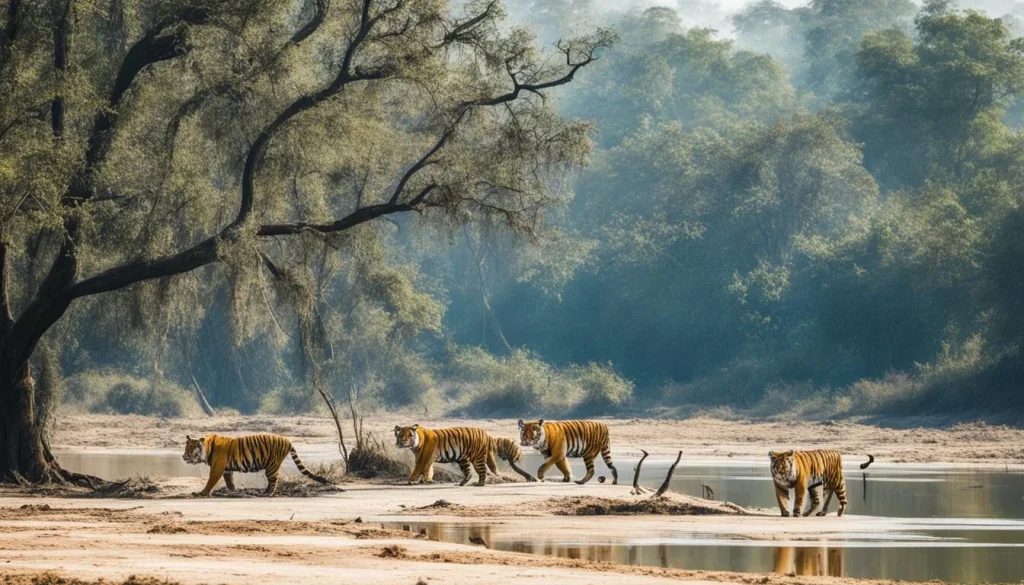
Best time/season to visit Chitwan National Park(CNP):
The best time to visit Chitwan is during the dry season, specifically from October to March. During this period, wildlife sightings are more frequent, and the weather is particularly pleasant. In this season, Chitwan National Park provides stunning natural beauty and tranquility. The serene landscapes, from lush forests to sprawling grasslands, offer a peaceful retreat from the hustle and bustle of city life.
How to reach Chitwan National Park?
It is quite easy to reach there. It is relatively straightforward, with several transportation options available depending on your preferences. Here’s a detailed guide on how to get to Chitwan National Park:
- By Air
- First, take a flight from Kathmandu to Bharatpur Airport, which takes about 20 to 30 minutes. After landing, you can either hire a taxi or arrange a pick-up through your lodge or tour operator. Then, you will have a 30-minute drive to reach the park. Ultimately, this makes for a smooth transition from your arrival to your adventure.
- 4o mini
- By Road
- from Kathmandu: private vehicle(5-7 hours), tourist bus, and local bus
- from Pokhara: private vehicle(4-6 hours) and tourist bus
- By Train From India to Biratnagar or Raxaul then bus from Biratnagar and Raxaul
Where to book safari in Chitwan?/Chitwan safari bookings:
The easiest way to arrange your safari in Chitwan is through the hotel or accommodation where you are staying. However, if you want to organize your own tour, websites like GetYourGuide, Klook, or Viator can be very helpful.
Travel Tips for Chitwan National Park
- Book in advance
- Check road conditions
- Check weather condition and prepare accordingly
- Safety guidelines
- Health precautions
- Accomodations
Chitwan National Park FAQs
What is the ticket price of Chitwan National Park?
Ticket price for Chitwan National Park for Nepali is Rs.150 per person, Rs.1000 for SAARC, and Rs.2000 for foreigners.
How long to spend in Chitwan National Park?
Including check-in and check-out, 4 days will be perfect to spend in Chitwan National Park.
Can you see tigers in Chitwan National Park?
Yes, you can see Bengal Tigers as well as many animals such as rhino, elephants, deers and many more.
How long is the safari walk?
Jungle walk/ safari walk is almost 2.5km. long.
Which is the best time to visit Chitwan National Park?
The best time to visit Chitwan is during the dry season, specifically from October to March. During this period, wildlife sightings are more frequent, and the weather is particularly pleasant. In this season, Chitwan National Park provides stunning natural beauty and tranquility.
What is the climate of Chitwan National Park?
Summer (March – June)-Min 18°C/64°F Max 35°C/95°F
Winter (October – February)-Min 7°C/45°F Max 24°C/75°F.
Can you stay inside the Chitwan National Park?
No, you can not stay inside the Chitwan National Park. The best place to stay is in Sauraha, north bank of the Rapti River.
What is Chitwan National Park famous for?
Chitwan National Park is famous for: endangered species, elephant safari, jeep safari, canoeing, jungle walk, crocodile breeding center, elephant breeding center, sunset view at bank of Rapti river, Tharu culture. It is Nepal’s first national park. Chitwan has a particularly rich flora and fauna and is home to one of the last populations of single-horned Asiatic rhinoceros and is also one of the last refuges of the Bengal Tiger.
What activities cab tourists enjoy in Chitwan National Park?
Tourists can enjoy the Canoeing, Jeep Safari, Elephant safari, Jungle Walk, Tharu Culture Program, Bird Watchinf , ans Cycle Tour in Chitwan National Park.
What to wear in Chitwan National Park?
wear only dark clothing- dark green is best, but dark blue, brown, and black are ok, too. For your safety, do not wear red, yellow, or white. Also, do not wear any scents such as perfumes or deodorants.
Also Read: Janaki Mandir


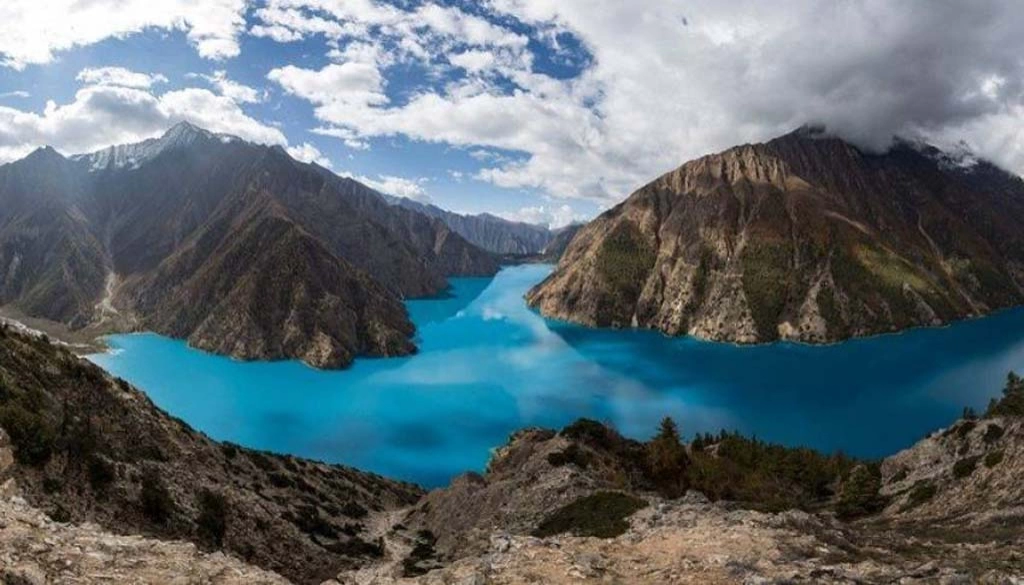
3 thoughts on “Chitwan National Park: 7 Memorable Adventures”